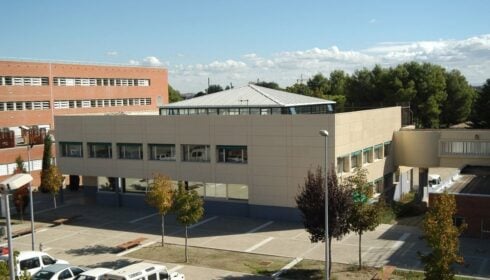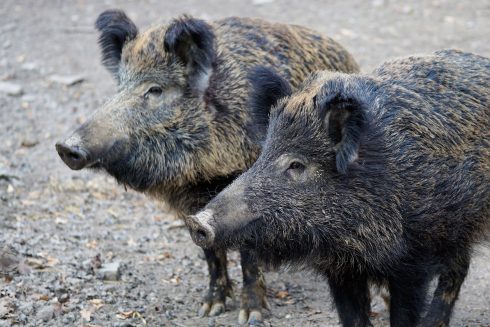There is no argument against the fact that agriculture is a vast and integral sector that plays a crucial role in the world economy. It encompasses the cultivation of crops, livestock production, and the processing and distribution of these goods across international borders. Apart from that, it also serves as the backbone of rural development in many countries across the globe. Yet, as populations continue to grow and urbanize, the agriculture sector is under increasing pressure to innovate and increase productivity without compromising the sustainability of ecosystems.
The industry is at the heart of major global challenges and opportunities, including climate change, land management, and international trade. As such, it attracts significant investment and policy attention, aiming to balance the needs of future generations with the demands of the present.
Current Market Overview
The global agriculture market is a critical economic sector, enhanced by different tech advancements, including field boundary detection with reliable satellite imagery data. This technological integration helps manage vast farmlands more efficiently, crucial as the sector faces the challenge of feeding a growing global population sustainably. Notably, the market dynamics are significantly influenced by major players such as ADM, Bunge, Cargill, COFCO, and Louis Dreyfuss Company (ABCCD), which hold a near-monopolistic control over the trade of essential commodities like grain, corn, soy, and sugar. Their dominance allows them to dictate market terms, significantly impacting pricing and contributing to their disproportionately high profits in recent years.
These conglomerates control 70 to 90 percent of the global commercial grain trade, exhibiting strong vertical integration that spans most parts of the food supply chain. Their close collaboration through joint ventures and substantial data analytics capabilities on market trends have allowed them to triple their profits in the past three years. This excessive profit-making has not only fueled inflation but has also exacerbated the global food crisis, highlighting the complex interplay between market control and food security challenges.
Economic Trends
Agriculture’s transformation is palpable globally, with the sector facing rising input costs, erratic weather, and fluctuating market demands. This has particularly affected the European Union, where policy reforms aim to enhance agricultural sustainability and integrate automatic field boundary detection to improve land management and productivity.
In Europe, the focus is on leveraging advanced technologies, including the mentioned field boundary maps, which are pivotal in optimizing farm operations. These technologies not only facilitate precise agriculture practices but also support environmental and compliance reporting requirements by accurately mapping farm borders.
In the United States, current economic trends in agriculture highlight a mixed outlook. Farmers are navigating a tightrope of soaring inflation, which has notably increased the costs of inputs such as fertilizers, seeds, and equipment. Despite these challenges, there has been a resilient demand for U.S. agricultural exports, buoyed by global food shortages and trade dynamics. This demand has provided some cushion against the rising costs. However, domestic issues like labor shortages and supply chain disruptions continue to pose significant hurdles, affecting everything from planting to harvesting and distribution.
Moreover, the U.S. agricultural economy is also feeling the effects of the Federal Reserve’s interest rate hikes, which have raised the cost of borrowing. This impacts farmers’ ability to invest in new technologies and expand operations. Despite these economic pressures, there is a strong push towards adopting sustainable and precision agricultural practices. Innovations such as the use of field boundary detection algorithms are being explored to enhance field management and yield predictions, reflecting a shift towards more data-driven and efficient farming methods.
Future Outlook and Predictions
It’s obvious that the global agriculture market is poised for significant expansion as the amount of people it needs to feed keeps growing constantly. This, of course, puts the industry under immense pressure. Technological advancements like precision farming, which incorporates GPS and IoT sensors, and much more, are supporting agriculture by helping reduce waste and optimize resource use. Furthermore, genetic engineering continues to evolve, enhancing crop resistance to diseases and pests and thereby improving their performance.
The sector is also undergoing transformation due to climate change, which it cannot ignore. The increased frequency of droughts and floods is prompting a reevaluation of traditional farming methods. In response, sustainable agricultural practices such as crop rotation, agroforestry, and organic farming are becoming more prevalent. These practices not only address environmental concerns but also improve soil health and biodiversity, reflecting a shift towards more resilient agricultural systems.
Additionally, the changing climate is pushing farmers to adopt more water-efficient practices and explore drought-resistant crop varieties, ensuring sustainability even in less favorable conditions. This adaptive approach is crucial for maintaining crop yields and securing food supplies in the face of unpredictable weather patterns.
Consumer trends are also influencing the agriculture market, with a significant move towards plant-based and lab-grown foods. Driven by ethical considerations and environmental awareness, these sectors are experiencing rapid growth, challenging the traditional livestock industry and paving the way for new market leaders. The demand for alternatives to animal-based products is not only altering consumer markets but also driving agricultural innovation and investment.
Another important factor that always has a huge influence on agricultural businesses is government policies, regulations, and global trade agreements. Subsidies that support sustainable farming and tariffs that affect international trade are crucial in determining domestic agricultural practices, helping local farmers to stay afloat under pressing issues, and shaping trade dynamics. As nations strive for food security and sovereignty, there is a noticeable trend towards more localized food production systems, which could have a noticeable impact on the global trade in agricultural products.
An emerging trend in agricultural land management is farm property boundary landscaping. This practice, coupled with data from software tools that provide advanced satellite imagery analytics, enables farmers to enhance their property’s sustainability and productivity. Among the tools that provide access to such opportunities is EOS Crop Monitoring, an all-in-one solution that agri businesses can use to keep up with industry trends and stay productive.
As the global agriculture market continues to evolve, integrating sustainable practices and adapting to environmental changes are becoming imperative. The sector’s ability to meet rising food demands while contributing to environmental sustainability will require ongoing innovation and adaptation by investors, policymakers, and agricultural professionals. This dynamic market landscape offers both challenges and opportunities that will shape the future of agriculture, ensuring its sustainability and efficiency for generations to come.
______________
Author
Vasyl Cherlinka is a Doctor of Biosciences specializing in pedology (soil science), with 30 years of experience in the field. With a degree in agrochemistry, agronomy and soil science, Dr. Cherlinka has been advising on these issues private sector for many years.
Click here to read more Environment News from The Olive Press.








